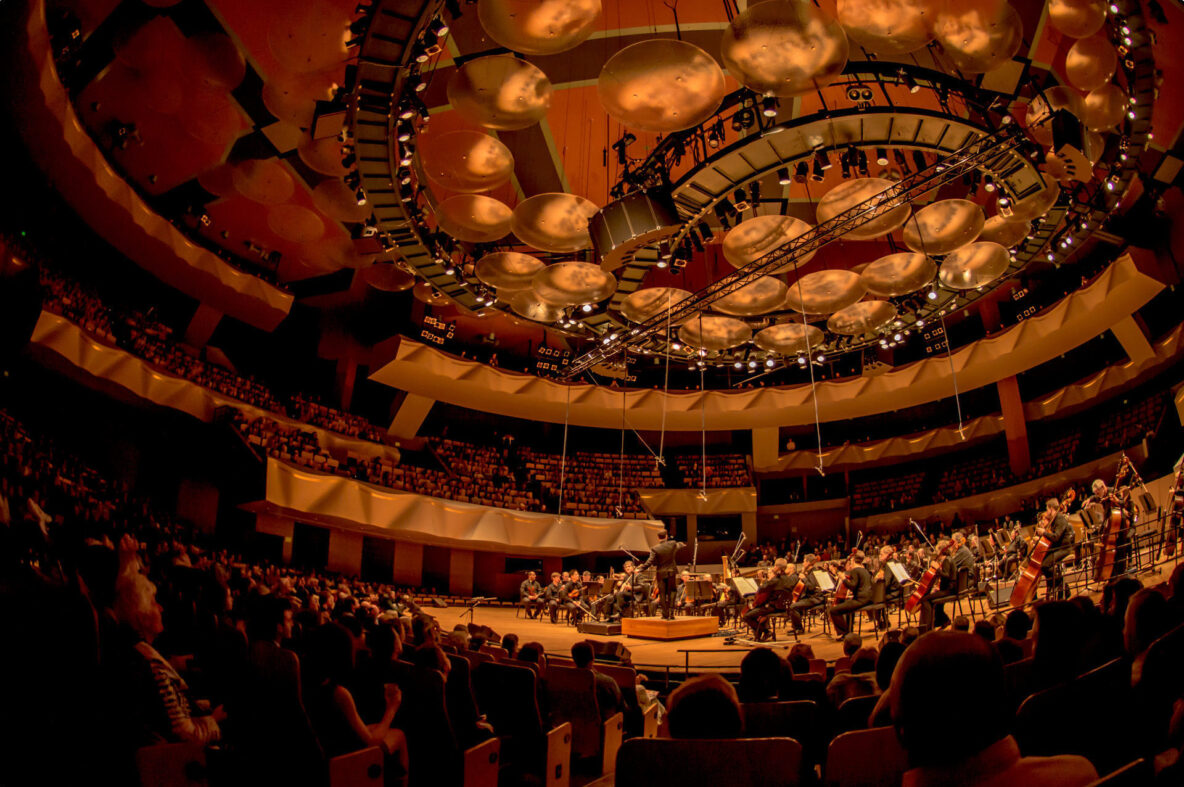Each fall, I teach a wonderful class at the Yale School of Music (“YSM”) entitled, Collaborative Leadership To Advance Creativity, Innovation and New Opportunities in the Arts. My class uses the experiential semester-long collaborative project to teach graduate music students how to create innovative solutions to problems in the classical music field. Our focus is on meeting the needs of today’s audiences and how classical music can satisfy these needs. This year, the problem we are solving is:
How to keep classical music alive and vital in our culture.
Over the course of the semester, my students design, develop, and implement their projects using principles of design thinking, the human-centered framework for generating creative solutions to complex problems. Human-centered design means that students come up with projects that meet the needs of the target audience whose problem they are solving. Using the Stanford University’s d. school framework, together with creativity problem-solving, students design projects that focus on their audiences’ needs. In this post, I will describe the four projects along with a description of the four different audiences and the needs of each audience. In the next post, we will explore how the students tested their ideas with their audiences and accordingly updated their projects.
The Four Collaborative Groups by Audience
Our project process starts with students discovering their personal mission statements. These statements identify
- What I do (an activity, experience, or project)
- For whom (the audience whom I want to help) and
- How my audience benefits.
We share the mission statements in class and students then team up with classmates who share the same mission and target audiences to create their collaborative groups.
My students identified four audiences whom they wanted to help:
- Audiences of their peers who are turned off to classical music;
- Audiences of their peers who are interested in multi-discipline events;
- Stressed-out music students at YSM; and
- Children from underserved communities.
The Four Audiences and Their Needs
Students interviewed members of these audiences to determine what they were missing in their lives and what they needed from classical music. Here’s what they discovered:
Group 1:
Audience: Non-music audiences of our peers at Yale
Frustration: Classical music concerts too long and boring
Need: More fun, connection and engagement
Group 2:
Audience: Non-music audiences of our peers at Yale who are intrigued by multi-discipline events
Frustration: Stressed by academics and pressure to succeed
Need: Connection, community, support and love that might be provided through the right kind of classical music experience
Group 3:
Audience: YSM students
Frustration: Stressed by performing and the uncertainty of their career prospects
Need: guidance, support and community during their training.
Group 4:
Audience: Children from underserved communities
Frustration: Feel excluded from classical music and want to study music
Need: hope and inspiration in their lives that classical music training can provide.
The Four Projects
The next phase of project development was ideation using a variety of brainstorming techniques. Students then converged on the best idea for meeting their audience’s needs. This process led to these four projects:
1. Engaging and Fun Classical Music Concert
A concert to engage Yale students outside of the School of Music with activities showing the links between popular music and classical music to meet the needs of these students for fun and greater understanding of classical music
- Comfort Classical
A multi-sensory musical experience in a comfortable, low-key setting for Yale students outside of the School of Music who needed comfort at the end of a stressful semester
- Podcast for stressed-out Yale School of Music students
A podcast interview with a YSM faculty member to help YSM students who feel stressed about performing and their career prospects.
- Project Music Supplies
A drive for music supplies to supplement the resources of YSM’s teaching artist program for children in underserved communities in New Haven, Music in the Schools (“MISI”) to meet the needs of MISI students for a quality educational experience
Developing the Projects
Once they created their project ideas, we moved into the development stage of the project process.
Coming up with innovative and workable solutions involves trial and error. That’s why design thinking is an iterative process. In order to improve their project ideas, my students examined the strengths and weaknesses of their projects and updated them. In addition, they received feedback from multiple sources:
- In-class presentations to their peers;
- Project Pitches to six class advisors who generously donated their time to listen and make suggestions on how to strengthen the project ideas; and
- Interviews with their audience members with prototypes of the projects to find out how well their project ideas solved their audiences’ problems.
In our next post, we will explore the audience interview process and how the projects turned out as a result of these interviews.

